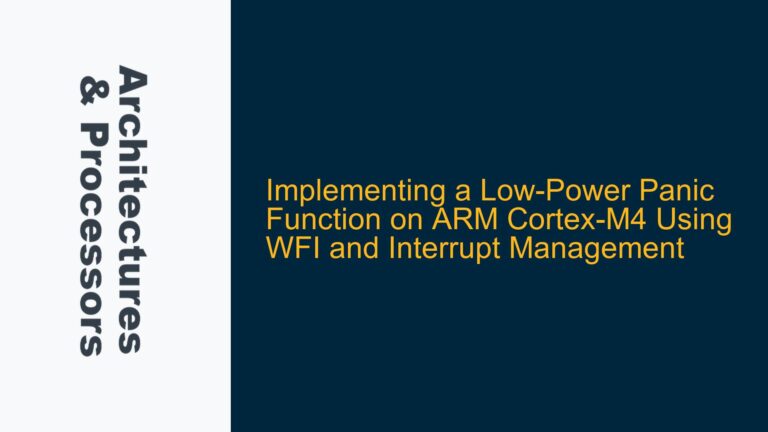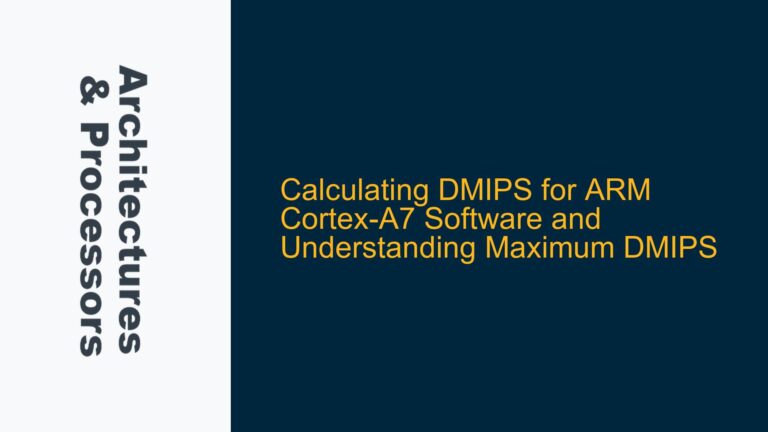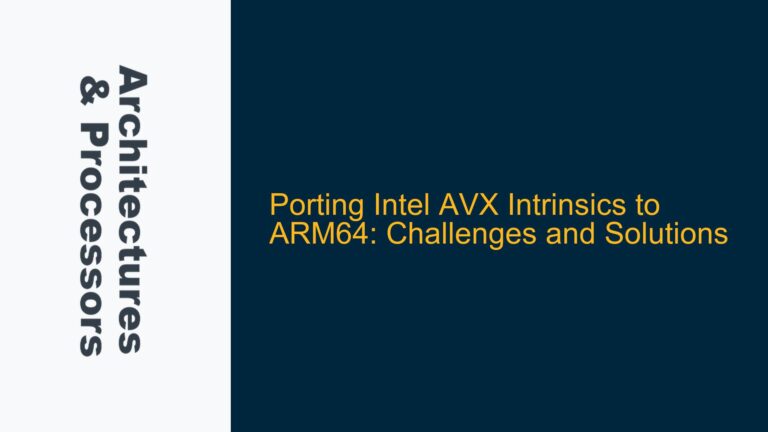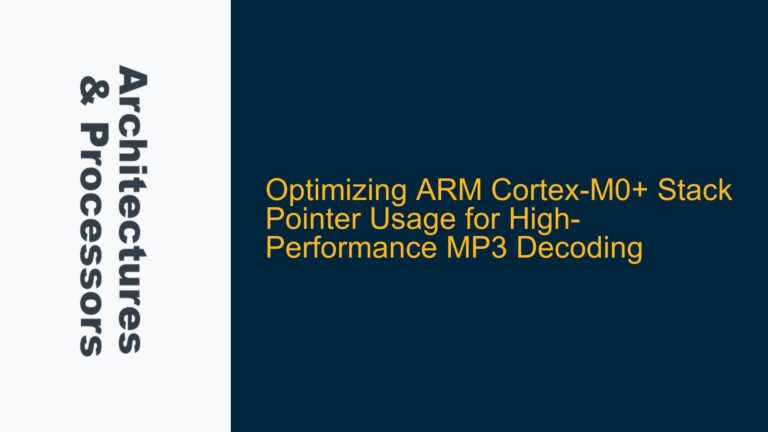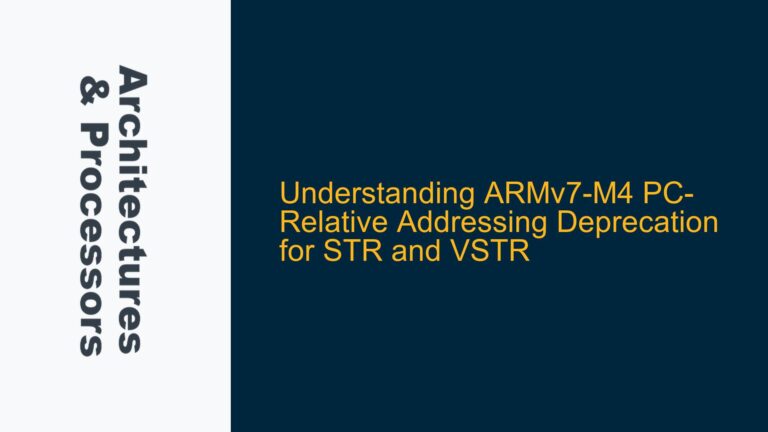ARM Cortex-A53 and Cortex-A9 Performance Monitoring Unit (PMU) Configuration and Core-Specific Behavior
ARM Cortex-A53 and Cortex-A9 PMU Architecture and Core-Specific Event Monitoring The Performance Monitoring Unit (PMU) in ARM Cortex-A53 and Cortex-A9 processors is a critical component for profiling and optimizing system performance. The PMU provides hardware counters that allow developers to monitor various microarchitectural events, such as cache hits/misses, branch predictions, and instruction execution counts. Understanding…



